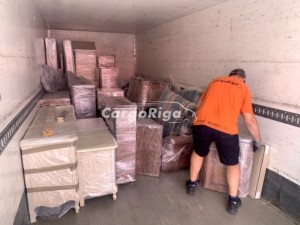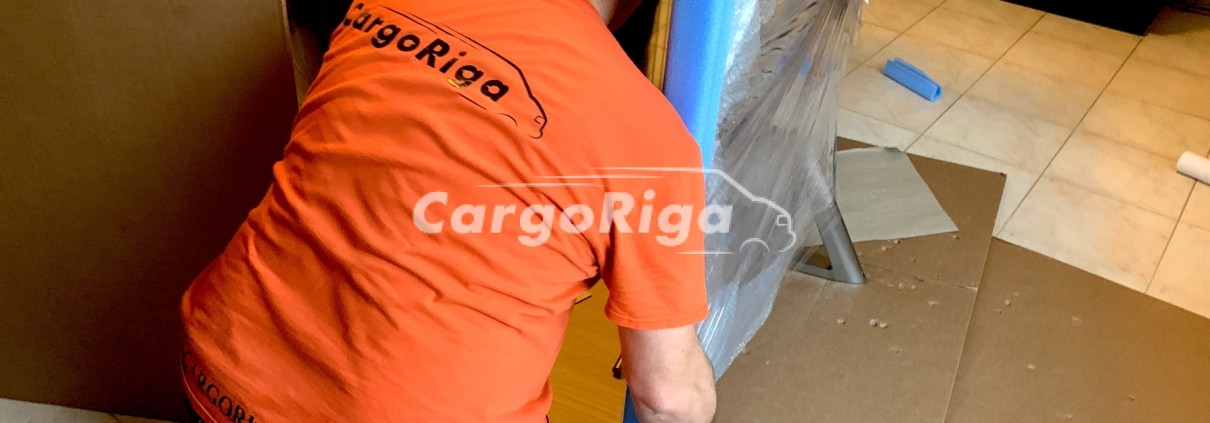6 Tips on How to Pack Personal Belongings When Moving to Another Country
Moving to another country is a life-changing experience, but it also comes with its fair share of challenges—one of the biggest being how to pack your personal belongings. Whether you’re relocating for work, study, or a fresh start, packing smartly can make your transition smoother. To help you prepare for this adventure, here are six essential tips on how to pack your belongings effectively and minimize the stress of an international move.
1. Declutter Before You Start Packing
Before you even think about packing, take the time to declutter. Moving internationally is the perfect opportunity to sift through your items and decide what is worth taking. Shipping costs can quickly add up, so you don’t want to waste money or energy moving things you don’t really need.
Sort through your belongings: Create piles for items you want to keep, donate, sell, or discard.
Sentimental vs. Practical: While sentimental items may feel irreplaceable, it’s important to be practical when it comes to limited space.
Host a garage sale: Selling things you no longer use is a great way to earn extra cash to offset moving costs.
Not only will decluttering reduce the volume of items you need to pack, but it will also make your new home abroad feel more organized from the start.
2. Understand Customs and Shipping Regulations
Each country has its own customs regulations, and it’s essential to understand these rules before packing your belongings. Some items might be restricted or prohibited entirely in your destination country, while others might require special handling or paperwork.
Research restricted items: Common restrictions include food products, plants, and certain electronic devices.
Check duties and taxes: Some countries impose customs duties on imported household goods. Be sure you know if and how much you’ll have to pay.
Work with a reliable shipping company: Choose a shipping service that is familiar with international moves and customs regulations, as they can guide you through the process.
Being prepared with the correct documentation and knowing what you can and can’t bring will help avoid unnecessary delays or confiscations at customs.
3. Create a Packing Strategy
Packing for an international move requires a well-thought-out strategy. Unlike local moves where proximity allows you to make several trips, international relocations often mean you have one chance to get it right.
Start early: Begin packing non-essential items well ahead of your move date. This reduces last-minute stress and allows you to pack thoughtfully.
Use categories: Group similar items together and pack them in the same box. For example, kitchen items, books, clothes, and electronics should each be in their own boxes.
Label everything: Clearly label all boxes with both the contents and the room they should go into at your destination. This will make unpacking more efficient.
Developing a system to pack in phases ensures you’re not overwhelmed as moving day approaches.

4. Protect Fragile Items
International moves can subject your belongings to extended periods of handling, transit, and environmental changes. Therefore, it’s essential to pack your fragile items with extra care.
Use bubble wrap and packing peanuts: Cushion fragile items like glassware, mirrors, and electronics with plenty of padding.
Double-box breakables: For extra security, consider placing fragile items in smaller boxes and then putting those boxes inside larger, well-padded ones.
Label boxes as “Fragile”: This will alert movers and handlers to take extra care.
By using the right materials and labeling, you can help ensure your fragile items survive the journey in one piece.
5. Pack Essential Items Separately
When you first arrive at your new destination, you may not have immediate access to your shipped belongings, especially if they are coming by sea. Make sure you have a separate bag with all the essentials you’ll need for the first few days.
Carry essentials in your luggage: Important documents, medications, a change of clothes, basic toiletries, and your electronics should be packed in your personal luggage.
Have a “first-night” box: If you have items you’ll need right away, like bedding, towels, and kitchenware, pack a box that is clearly marked and easily accessible.
Having these essentials on hand ensures you can settle in comfortably while waiting for the rest of your belongings to arrive.
6. Consider Insurance for Your Belongings
Accidents can happen during an international move, so it’s important to consider insurance for your personal belongings. While your moving company may offer some insurance options, you may also want to seek out additional coverage for peace of mind.
Understand coverage options: Check if your shipping or moving company offers insurance, and read the fine print to know what is covered.
Get third-party insurance: In some cases, it might be beneficial to purchase third-party insurance that provides more comprehensive coverage.
Document your valuables: Before packing, take photos of your high-value items and make a detailed inventory. This documentation can be useful in the event of a claim.
Having insurance in place ensures that you’re financially protected in case any of your items are damaged or lost during the move.
Final Thoughts
Packing for an international move requires careful planning, patience, and strategy. From decluttering and understanding customs regulations to safeguarding fragile items and ensuring you have insurance, every step contributes to a smoother relocation. By following these six tips, you can minimize the stress of moving abroad and ensure your personal belongings arrive safely at your new home.
Moving to another country is an exciting chapter in life, and with the right packing approach, you can focus on the adventure ahead rather than the logistics behind you.
Our logistics managers can help you, please write to info@cargoriga.fi or call to +37122122666.
More information: https://cargoriga.fi/en/international-moving-services/




Leave a Reply
Want to join the discussion?Feel free to contribute!